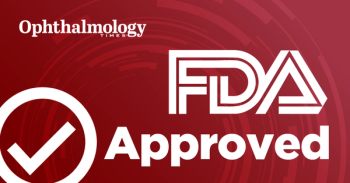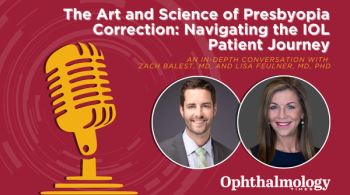
|Articles|June 15, 2002
Various options available for correcting induced hyperopia
Boston-The incidence of overcorrection following PRK and LASIK is fortunately very small, generally less than 5%. Unfortunately, the incidence of consecutive hyperopia after RK is significantly greater and, over time, becomes higher with a hyperopic shift, said Helen K. Wu, MD.
Advertisement
Newsletter
Don’t miss out—get Ophthalmology Times updates on the latest clinical advancements and expert interviews, straight to your inbox.
Advertisement
Latest CME
Advertisement
Advertisement
Trending on Ophthalmology Times - Clinical Insights for Eye Specialists
1
Belite Bio releases topline results from phase 3 DRAGON trial of Tinlarebant for STGD1
2
Lotus submits NDA in South Korea for LENZ’s presbyopia treatment VIZZ
3
Collarettes common but largely stable in moderate-to-severe dry eye patients
4
EYDENZELT, Celltrion’s biosimilar referencing EYLEA, approved in Canada
5


















































.png)


